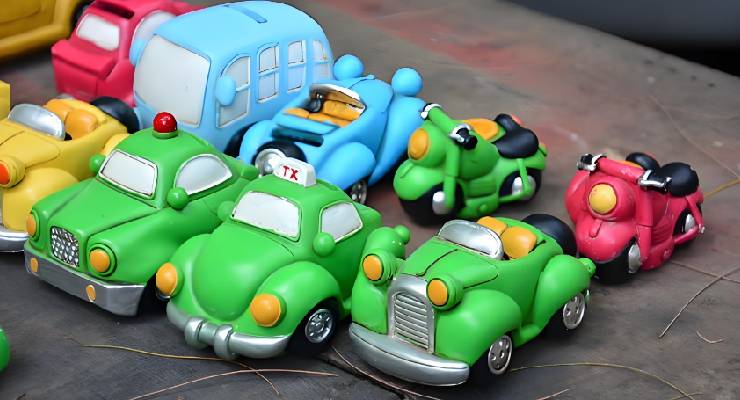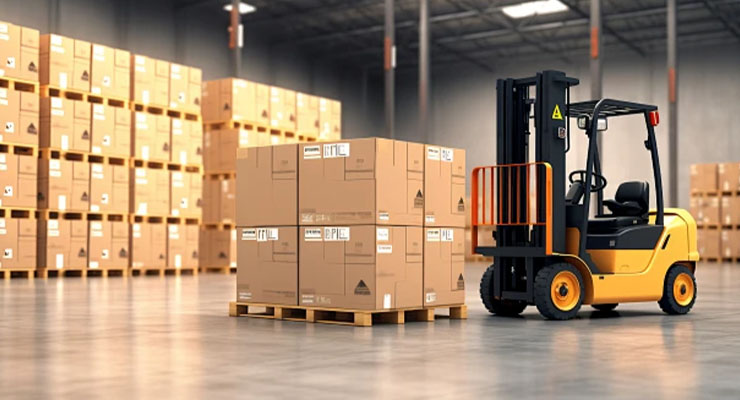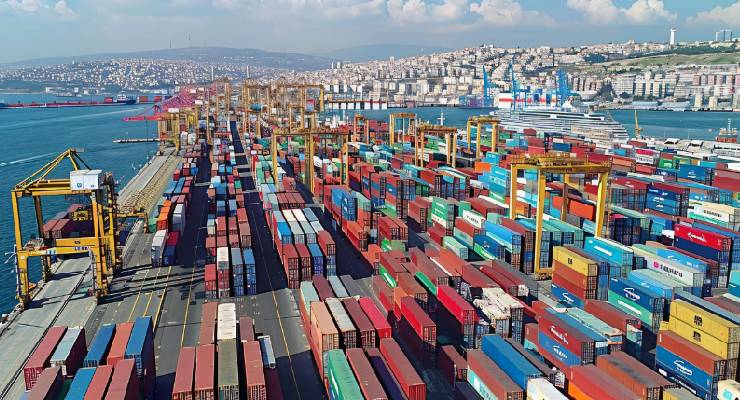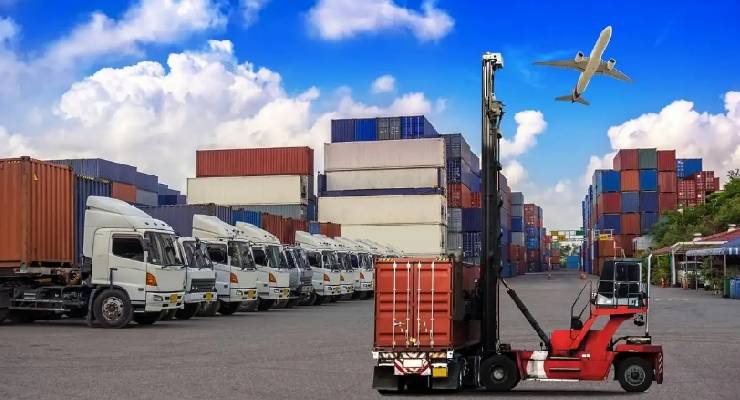
Toy manufacturing is a complex process that begins with conception and ends with execution. There will be a network of experts you need to turn to at every step.
To simplify your journey, you need to know a lot of technical stuff. You’re in the right place if you’re unsure where to start.
Find out how to make your own toy by reading on.
Make A Plan Developing Idea Is the First Step in Toy Manufacturing.
Many entrepreneurs find that part of the development process hard. You can think of putting your basic idea through a rigorous test to see if it works. You must keep these things in mind when coming up with a great idea.
Does the New Toy Idea Make Sense, and Is It a Good Marketable Idea?
You need to know what the market is like before you can properly enter it. The industry unveils over 7000 new ideas annually at the International Toy Fair in New York.
About one thousand of those 7000 ideas were developed by specialists with access to plenty of resources. Their only job is to make cool toys.
Toys aren’t for everyone, so getting into them isn’t easy. A successful product on the shelves requires a lot of research and determination.
1. How To Make Sure Your Idea Is A Good One?
To start, do your research both formally and informally. Read trade magazines, particularly ones that come out right after toy shows. This can help you determine if your idea is unique and the industry trends.
Despite future trends being hard to predict, you can make a market-driven idea by knowing the current landscape. The database on EBSCO allows you to search for articles with the search term “toys, games.” Next, we’re gonna check out stores.
From chain stores to local shops, you’ll find everything you need. Make sure you visit when new products are launched. New products tend to come out around the holiday season.
Take a look at the toys’ packaging, quality, and marketing. This will help you figure out what to do.
2. Will It Sell?
You need to know if your toy product idea appeals to consumers once you’ve determined your idea is unique and marketable.
There are certain things parents and toy manufacturing` companies are looking for when they’re buying a toy. You have to meet these requirements to get your idea taken seriously.
You’ve got to ask these questions to know what your idea is worth:
· Does the toy last a long time?
· What’s the deal with that toy?
· Does it follow to comply with all the safety rules?
· Do kids like this toy?
· Is there room for growth?
It’s pretty easy to answer the first few questions. Toys can’t just be made; they have to be fun, long-lasting, and have high perceived value.
Use Understand Your Market, a nonprofit website by the Small Business Administration, to understand the intricacies of developing a sellable idea.
Growth potential is important.
Toy stores will probably like your idea more if you can make brand extensions. It’s easier to sell a toy store an idea if you can make multiple toys every season.
3. Is It Cost-effective?
Make a prototype to see if it’s cost-effective.
Based on different accounting methods, you can calculate how much it costs to make a prototype.
The price must be comparable to other products in the same category on the market. If your price is competitive, you’ll sell your product.
You might have to contact a toy manufacturer for a price estimate, depending on what kind of toy you want. Plastic toys or toys that need complex processes require contacting a toy manufacturer.
To produce a toy at a reasonable cost, sell it at a competitive price, and turn a profit, you should factor in the overall project cost from manufacturing to marketing.
4. Is It Safe?
Regarding the safety of new toys manufacturing, there are rules and regulations. You can find further guidelines from industry trade groups like the Toy Association, which updates toy safety standards regularly.
There are different safety guidelines based on what you’re doing and where you’re. You’ll know exactly what standards your product needs to meet once you know who it’s for. When manufacturing a toy, the safety of the kids is paramount.
5. Do You Have Legal Protection?
Patents and trademarks are legal protection. Know what they are so you can make your toy. Conducting a patent search is the first step in getting a patent.
Lawyers do patent searches to make sure someone else hasn’t patented the same thing already. It’s impossible to do market research without this step since toys that haven’t hit the market will be patented by the toy companies.
Getting a patent yourself is possible, or you can hire an attorney to do it for you. The process takes time. You’ll need to take courses on patent law to get a patent on your own.
6. Know Who You’re Trying To Reach
It’s essential to know your target audience. Identify what age group and gender your target audience belong to and what other interests they enjoy most.
If your kid plays with dolls, he’ll probably enjoy stuffed animals too. Marketers and packagers need to know who their target audience is.
Marketing and packaging efforts will be more successful if you classify target audiences based on aesthetics that appeal most to them. This will help figure out a reasonable price and production cost.

How to Start a Toy Manufacturing?
The toy manufacturing process is outlined in a step-by-step guide. We’ve got everything you need to know about brainstorming, mass manufacturing, and more.
1. Create The Design
You can make the design once you have a concept and a target audience. We’ve put together a step-by-step guide to help you learn more about the toy-making process.
2. Brainstorm in Detail
Your hard work will come to life through a brainstorming session. Identify the toy’s final appearance and work on the intricate details. Creative thinking, fieldwork, and research are what you need.
Create a guiding vision with the brainstorming session. You should always revisit your brainstorming session if unsure about a decision.
3. Sketch the Toy
Get a professional designer to do the sketches or do it yourself. In this design, you’ll integrate all the stuff that came up during the brainstorming session.
Take into account factors like size, color, and variation. Make stuffed toys and figurines to see what works for you. Try out different expressions and styles.
4. Create a 3D Depiction
We’ll make a 3D model once the sketch is done. Using software like Zbrush, you can make realistic models of what your toy will look like once it’s made. Hire a professional to do it for you. For presentations, professionals will make a better model.
Other options include hiring a wax modeler to make a 3D representation of the toy. Wax modelers get a bad rap for the time they invest.
A wax modeler works faster than a 3D program. The next phase of manufacturing a toy, prototyping, will be easier if you have a tangible model.
5. Create A Prototype
In the toy manufacturing process, finding out how to make a prototype is important. You can sell your idea to a manufacturer with a prototype.
You can also use it to gauge how much material you’ll need to make the toy.
When you’re building a prototype, you have to consider a lot of factors:
· deciding how the toy will be manufactured;
· creating a mold, and;
· deciding the materials;
You have to decide how many molds you’ll need before determining the toy’s mode of production. For this step, you need a mechanical engineer. To manufacture a toy successfully, advanced physics knowledge is needed.
The resin artist makes a silicone mold by putting a toy inside a metal box. The toy will come out after about 12 hours. After that, you can make more toys out of the cavity. For polystone, polyresin, or resin products, silicone molds are the best option.
For plastic toys to be mass-produced, toy factories must make more durable metal molds. If you want to hire someone to make the figures, that’s a technical step. The 3D rendering and sketch can help make your idea come to life.
Steel, aluminum, copper, and magnesium alloys make up durable metal molds. Hundreds of toys can be made using these molds at once. Using the molds costs more.
Make your toys from different molds so you can save money. Many kinds of molds can be tailored to a particular toy. It depends on the level of detail you want and the material you want to use. You might want to consider rotational molding or injection molding.
When making soft toys, you should decide what fabrics and stuffings to use. Spread out the cost of stitching over these factors. Making soft toys is a little less technical than making figures out of plastic or resin, but it costs more to stitch.
6. Find A Toy Manufacturer
Contact a factory if you want mass production. Toy fairs and expos are good places to find wholesale toy manufacturers. You might be able to speed things up by working with a toy store. Most toy stores have long-term deals with wholesalers and factories that make different toys.
Independent toy manufacturers have plenty of options when it comes to finding a factory that can cater to their needs. Toy manufacturing can be outsourced to other countries like China. To narrow down your choices, there are a lot of toy industry expos in China:
• China Toy Expo
• Hong Kong Toys And Games Fair
You need to conduct fieldwork to ensure you can trust a contractor before outsourcing production to them. To create a safe and durable toy, you’ll need a factory that meets all your requirements.
Buy Wholesale Toys from China:
Yiwu International Trade City (Yiwu Market)
Located in Yiwu, Zhejiang Province, it is one of the largest wholesale markets in the world. It offers a vast range of toys at competitive prices and attracts buyers from all over the world looking for bulk purchases.
Guangzhou International Toy & Hobby Fair
Held annually in Guangzhou, this is one of the largest toy fairs in China. It exhibits a wide range of toys, hobby products, and licensing deals, providing a key event for networking and sourcing new products.
China Toy Expo (CTE)
Held in Shanghai, this is one of the most significant toy industry events in Asia. It features a wide range of toys, baby products, and licensing opportunities, attracting international buyers and exhibitors.
Foshan Toy Market
Located in Guangdong Province, Foshan is another significant toy manufacturing hub. It offers a variety of toys, including plush toys, educational toys, and electronic toys, known for its large wholesale markets and trade centers.
Notable Trade Fairs and Events
China International Toy Fair (Shenzhen)
A major event showcasing the latest trends and innovations in the toy industry. It provides opportunities for networking, sourcing, and learning about market trends.
Hong Kong Toys & Games Fair
Although technically in Hong Kong, this fair is crucial for accessing the Chinese toy market. It features a broad range of toys, games, and educational products, attracting a global audience of buyers and exhibitors.
It’s hard to get a feel for the toy industry and the toy manufacturing process. Even the savviest entrepreneur can feel overwhelmed by all the options.
In other words, if you’ve got a great idea and need some guidance, you’re exactly where you need to be!
-
 How Long Does Express Shipping Take from ChinaApr 02,2025
How Long Does Express Shipping Take from ChinaApr 02,2025 -
 Open Top Container vs Flat Board ContainerMar 28,2025
Open Top Container vs Flat Board ContainerMar 28,2025 -
 Shipping from China to DammamMar 27,2025
Shipping from China to DammamMar 27,2025 -
 How to Ship Framed Art from ChinaMar 26,2025
How to Ship Framed Art from ChinaMar 26,2025 -
 How Long Does It Take To Ship From China To TanzaniaMar 25,2025
How Long Does It Take To Ship From China To TanzaniaMar 25,2025 -
 Freight forwarder from China to KuwaitMar 24,2025
Freight forwarder from China to KuwaitMar 24,2025

